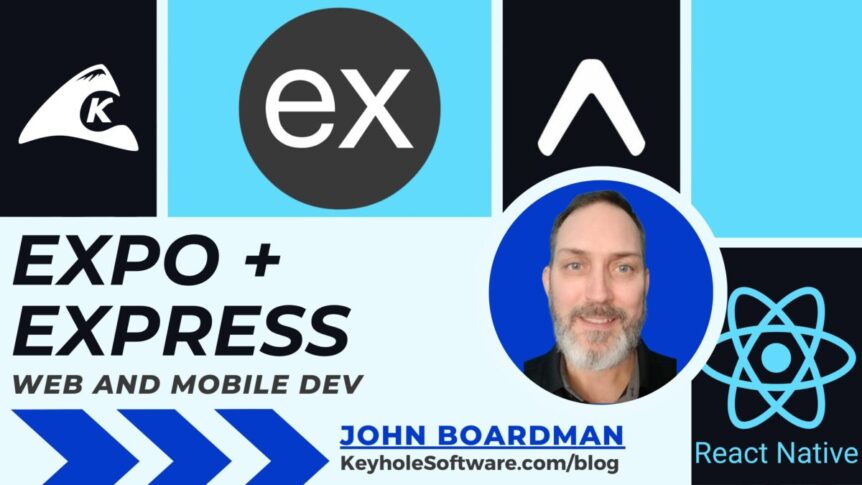So, you want to develop a new website with spiffy apps on Android and iOS, and you want that website and your APIs to run in Node Express. It sounds like a lot of work to write the website in React (or Flutter or whatever the language de jour is), the Android app with Android Studio, and the iOS app with Xcode…
About the Author
CopyFlat: Java Recursion in Action
By using Java’s built-in file classes, along with recursion, it turns out to be pretty easy to implement the requirements that I came up! It’s fairly simple to copy a set of files nested inside a directory structure into a new flat directory.
Remember, while you probably aren’t burning your own CDs or cassettes nowadays, there are reasons why the concepts demonstrated here are still relevant. The computer science techniques in this small set of code (such as recursion, threading, and file manipulation) are basic skills all Java programmers should know.
Redux with TypeScript: Focus on InitialState
For this blog, I’m going to continue using the example project I’ve used for the last several blogs, Whirlpool. You can find my last post on the Keyhole Dev Blog – Updating Microservices with Netty, Kafka, and React: Whirlpool revisited. Feel free to go back and read about microservices, Netty, Kafka, and React, or just start here with me and continue on the journey. Either way, I’m glad you’re here.
The focus of this blog will be creating Redux’s InitialState using TypeScript. It tends to be tricky to get it to stop complaining about types, so this should be helpful. Personally, I’ve encountered this issue several times across multiple projects, so I think it is worth talking about.
Updating Microservices with Netty 5, Kafka 3, and React: Whirlpool Revisited
Back in 2015 and 2016, I wrote two blogs that went step by step to develop a microservice/Netty architecture with fully working code called Whirlpool.
A lot has changed in the years since, so recently I decided to come back to the project, update it with the latest versions of Kafka and Netty, and add a React UI to it (rather than the vanilla JavaScript version it used before). In addition, I also added Windows Subsystem for Linux (WSL) scripts in addition to the Mac and Linux scripts that were there before and made all of the scripts more robust.
This blog will be about the work that went into all of those updates, plus a look at the new React UI. This provides an excellent view into what it takes to update an outdated microservices application implemented with Kafka (version .9 –>3.0) and Netty (4.1.3->5.0.0-alpha2), bringing all versions up to date and adding a React UI. By the end you’ll be familiar with the latest versions of these frameworks, know some “gotchas” to avoid, as well as understand how to integrate WebSockets into React.
Native MongoDB to Sequelize with PostgreSQL
Every long-term project will outlive at least some of the technologies it was originally built with. For example, a project I have been involved with recently ran into this situation. The app is hosted on Heroku, and over the years, the available MongoDB add-ons have changed and dwindled until now, there is only one.
Several migrations between MongoDB add-ons have already happened because of shutdowns. So, it was decided that rather than migrating to the last one still in existence, the project would switch to using PostgreSQL, which is supported directly by the Heroku team.










